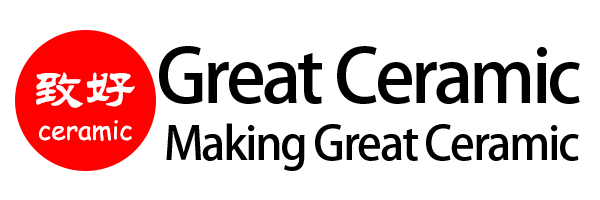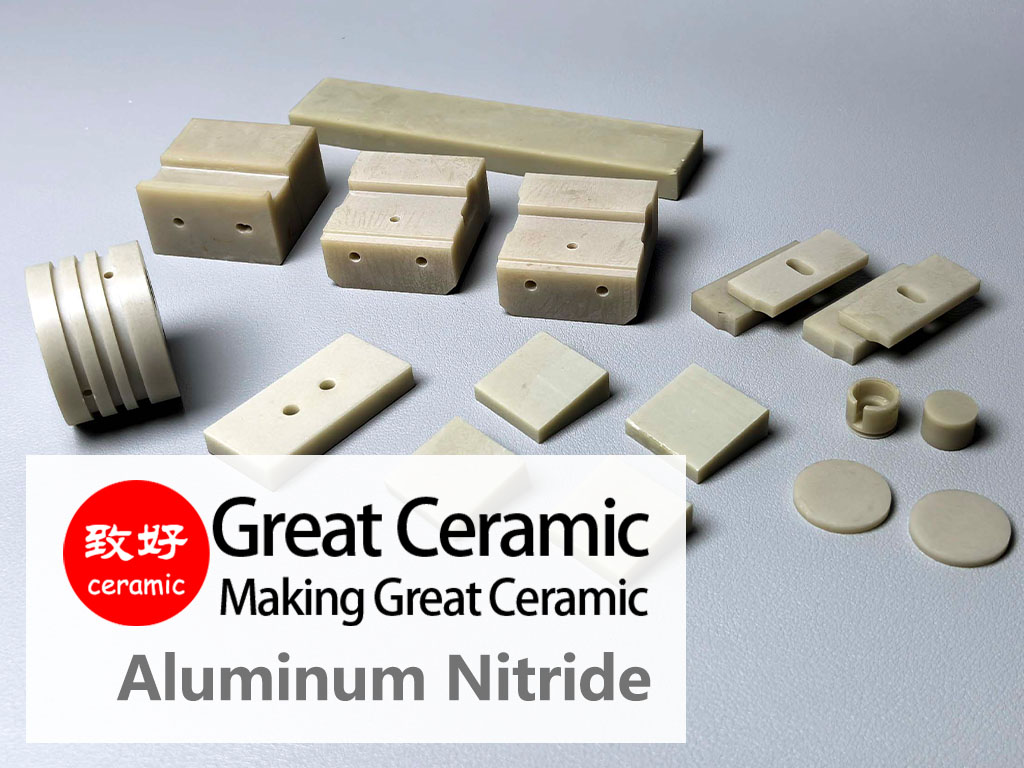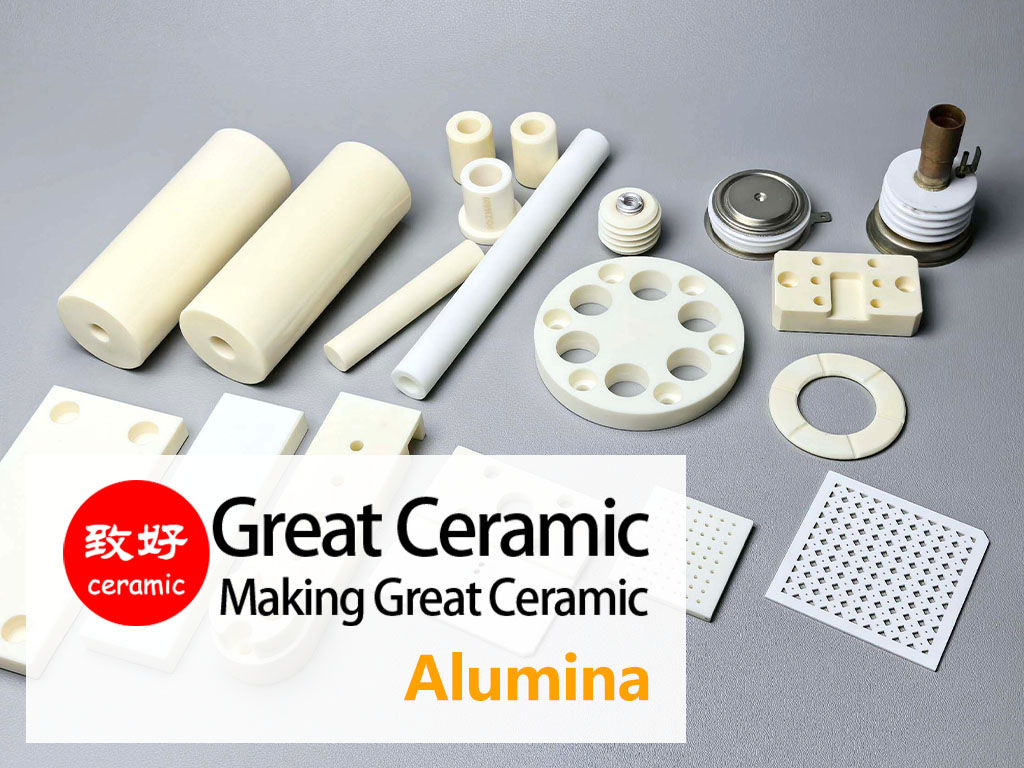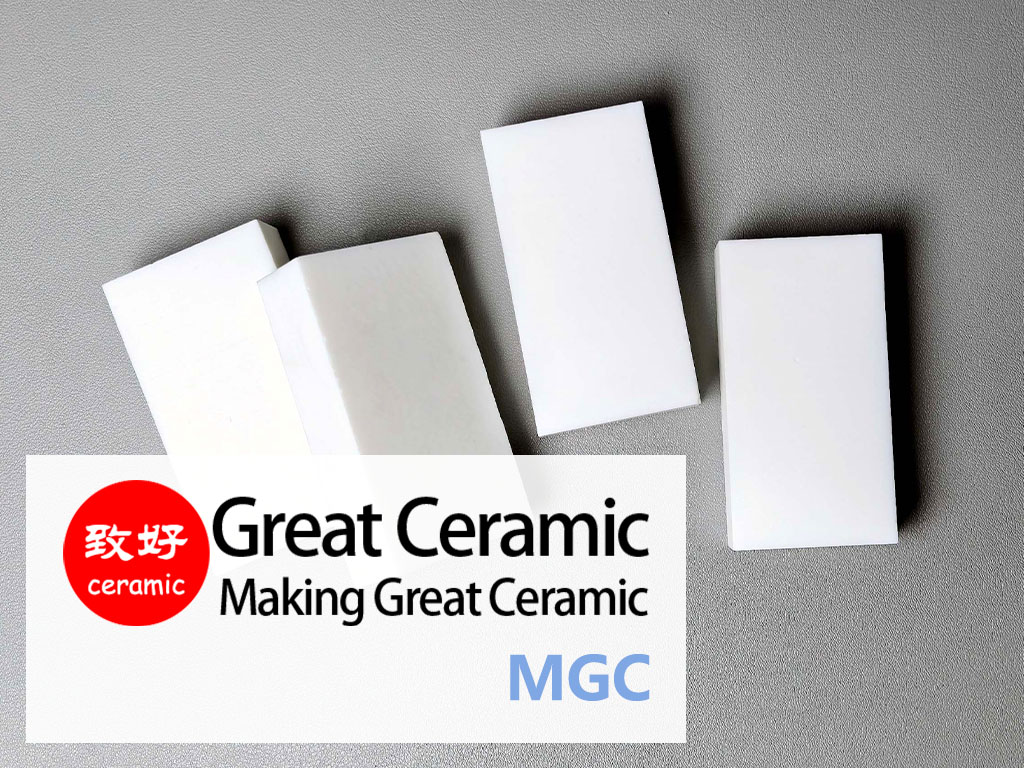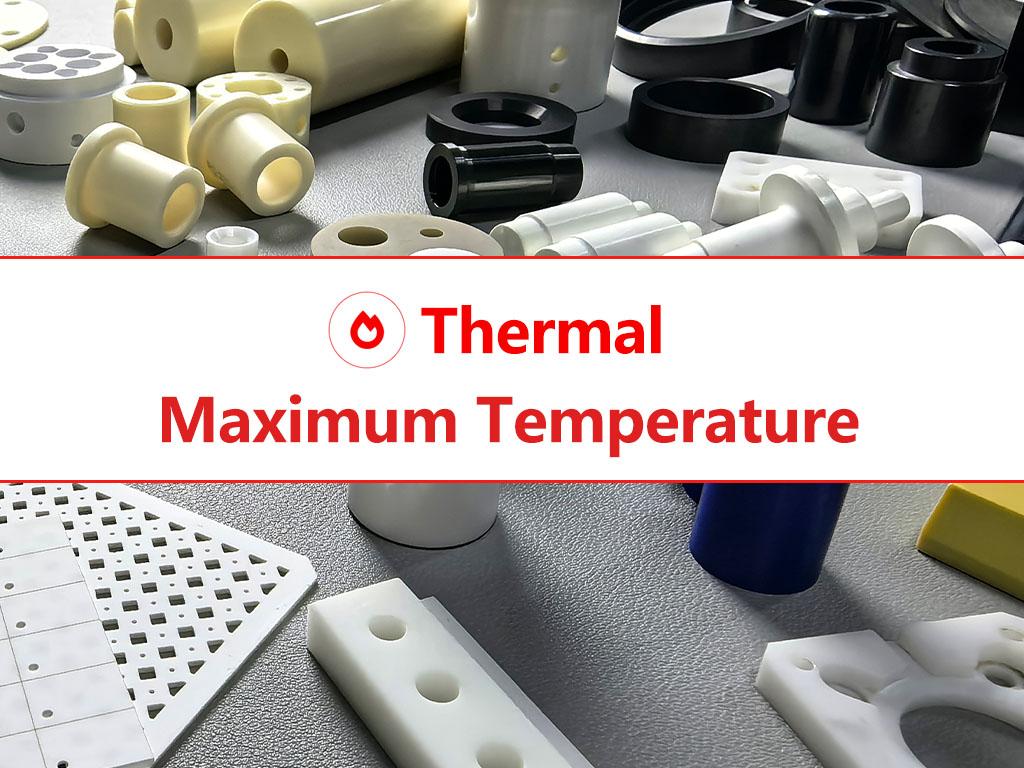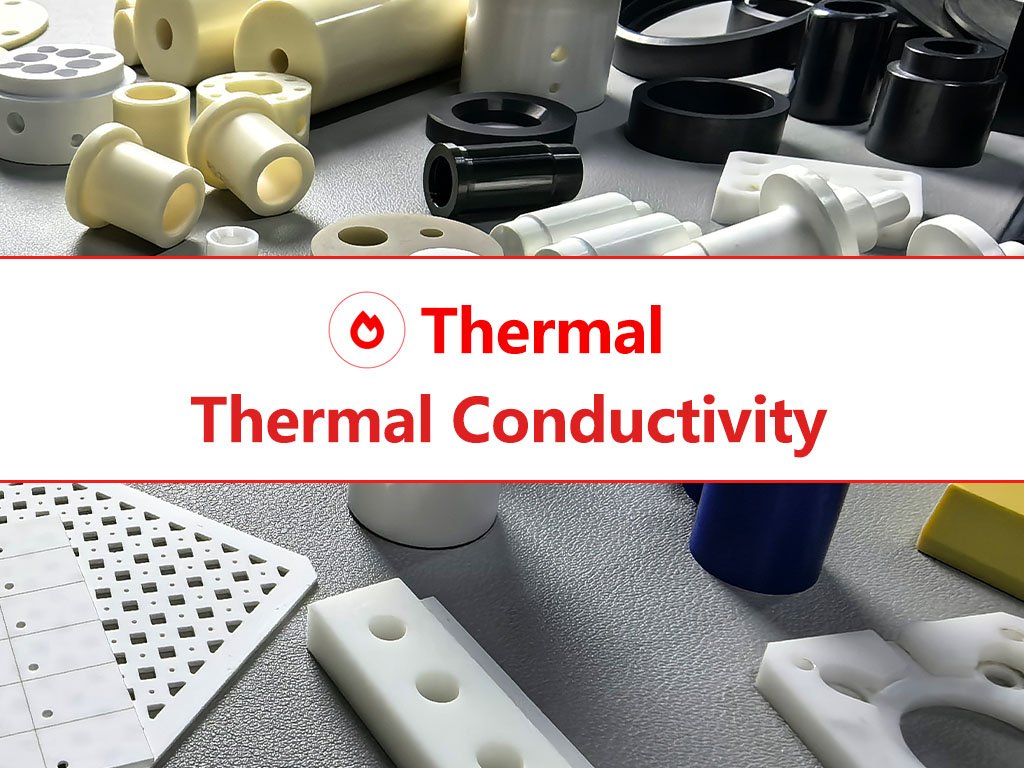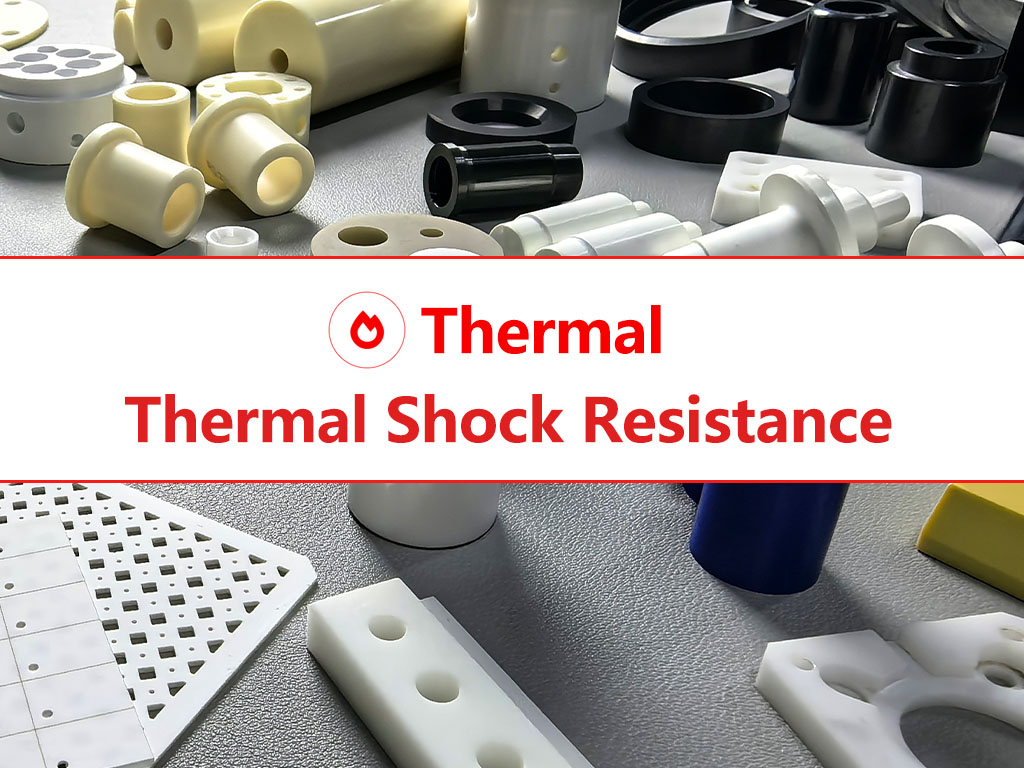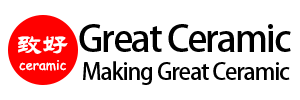Thermal Expansion Coefficients of Advanced Ceramics
The thermal expansion coefficient (CTE) is one of the most critical parameters in the design and application of advanced ceramics. It determines how much a material expands or contracts with changes in temperature, which plays a decisive role in multi-material assemblies, high-temperature environments, and precision systems. Advanced ceramics, known for their excellent dimensional stability and low CTE values, are widely used in various industries to meet demanding thermal requirements.
Skip to
Data | Comparison | Applications | FAQs | Related
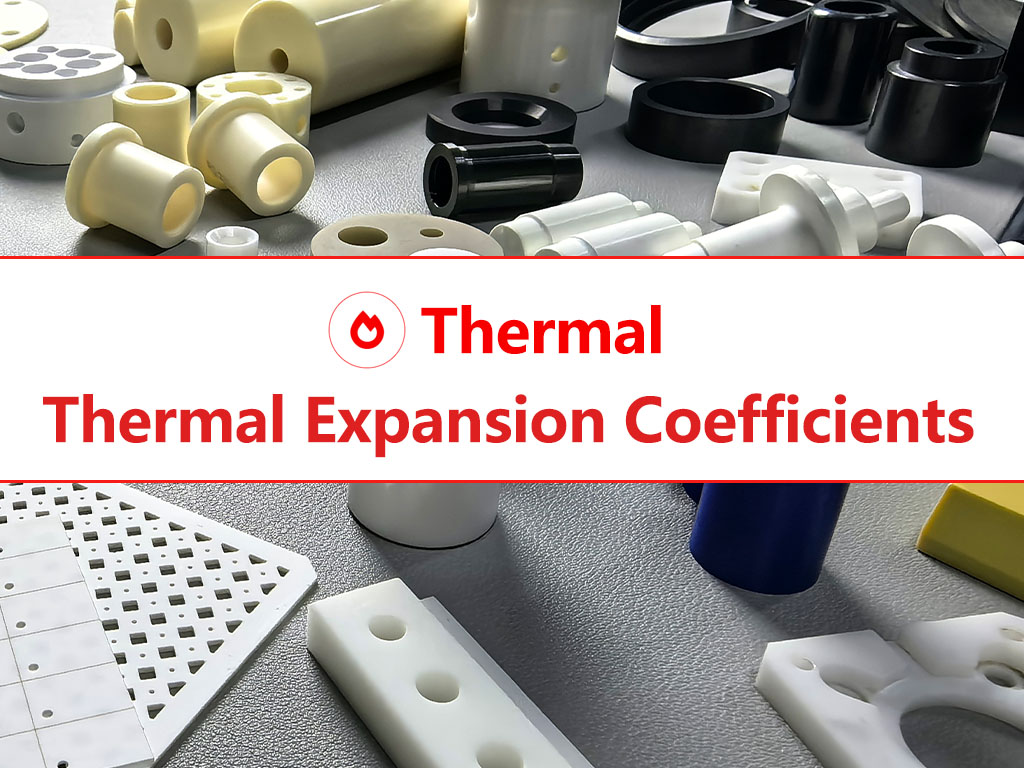
Why Thermal Expansion Coefficient Matters
The mismatch in thermal expansion between different materials can lead to thermal stress, cracking, or delamination in composite structures. By selecting ceramics with appropriate CTEs, engineers can minimize such risks and improve the reliability and longevity of products.
Benefits of Using Low Thermal Expansion Advanced Ceramics:
CTEs Data of Key Advanced Ceramics
| Ceramic Material | (×10⁻⁶/K) at 20–300 °C | Characteristics |
|---|---|---|
| Silicon Carbide (SiC) | 2.3 | Extremely hard, excellent corrosion and wear resistance, high thermal conductivity |
| Silicon Nitride (Si₃N₄) | ~3.7 | High fracture toughness, thermal shock resistance, low density |
| Aluminum Nitride (AlN) | 4.2~5.6 | High thermal conductivity, electrical insulation, low dielectric loss |
| Beryllium Oxide (BeO) | ~6 | Very high thermal conductivity, electrical insulation, toxic when powdered |
| Boron Nitride (h‑BN) | ~7.2 | Lubricating, thermally stable, electrically insulating |
| Alumina (Al₂O₃) | 7.2~7.5 | High hardness, good wear resistance, excellent electrical insulation |
| Machinable Glass Ceramic (MGC) | 9.3 | Easily machinable, good dielectric strength, low thermal conductivity |
| Zirconia (ZrO₂) | ~10 | High toughness, low thermal conductivity, phase transformation toughening |
*Data is for reference only.
Need Help Choosing the Right Ceramic?
Selecting the right expansion coefficient ceramic material is critical to ensuring long-term reliability and optimal performance. Whether you need aluminum nitride, silicon nitride or silicon carbide ceramic materials, our materials offer industry-leading performance, durability and precision.
Our technical team is here to help – contact us today for expert, customized advice based on your specific needs.
Comparison: Ceramics vs Metals and Plastics
The bar chart below shows the thermal expansion coefficients for various engineering materials – from super-hard ceramics to common industrial plastics, ranked from high to low.
*Data is for reference only.
